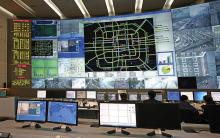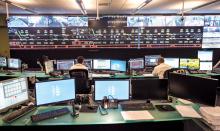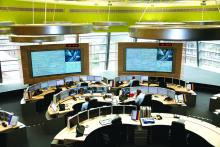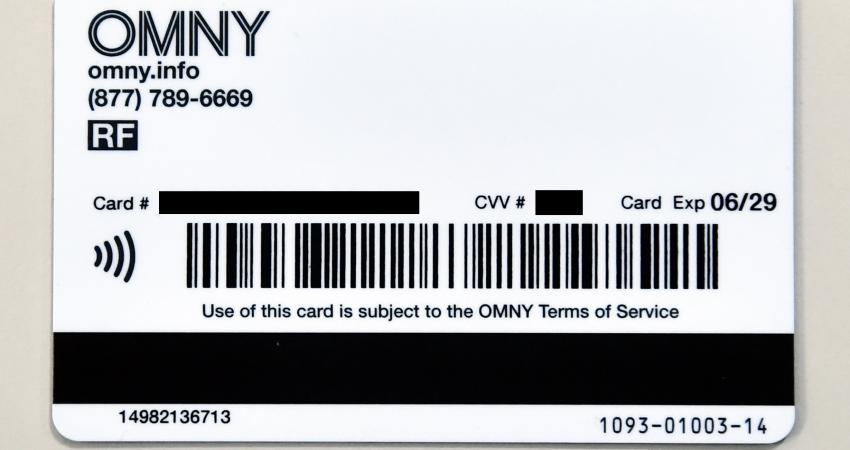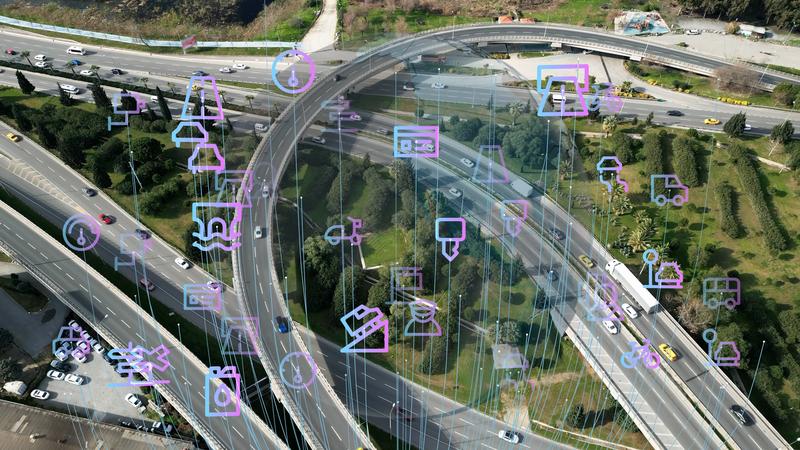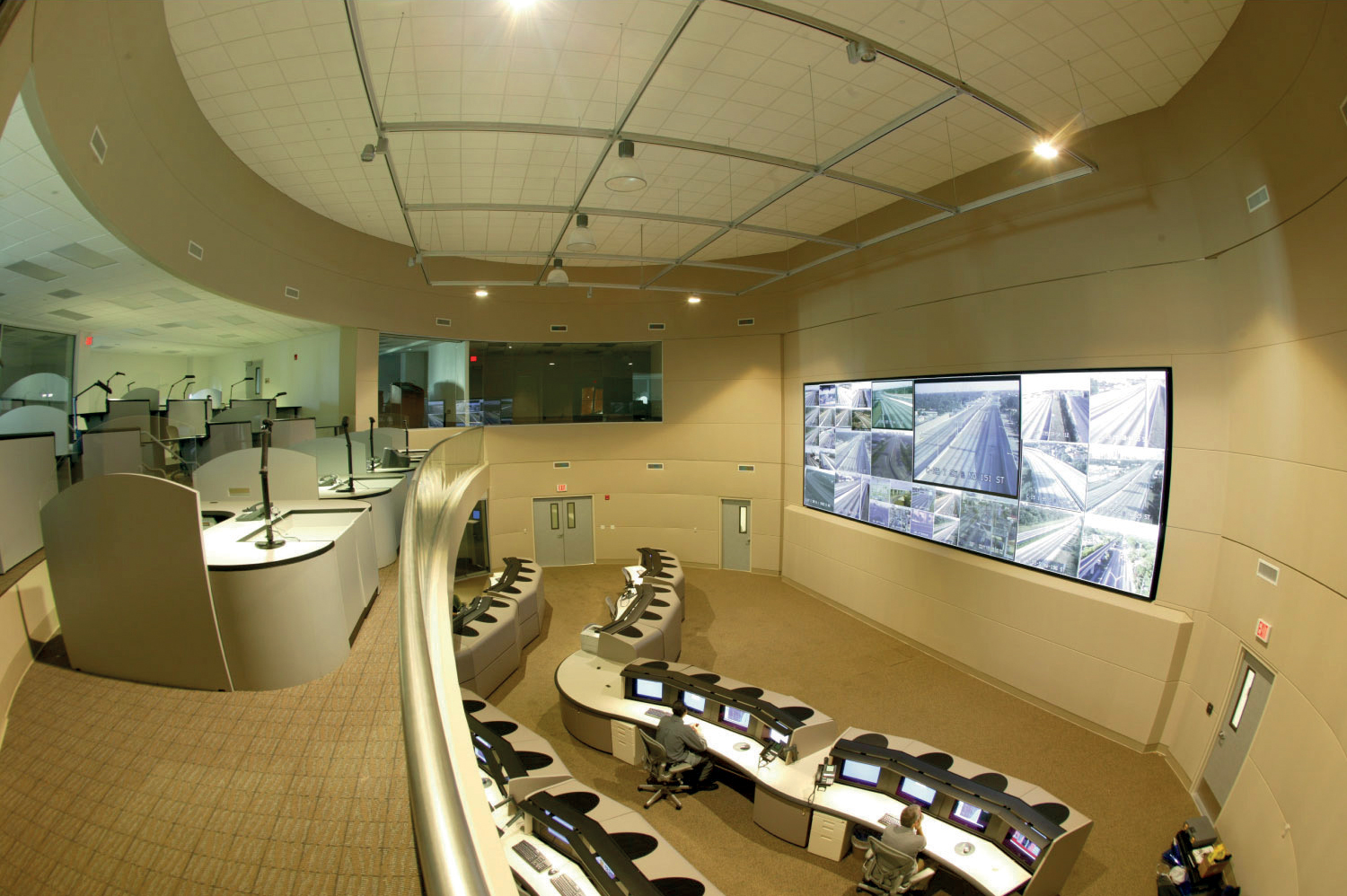
Display screen technology is evolving rapidly but while the video wall is arguably the most important technology system in a traffic management centre (TMC), most are five to 10 years old and effectively obsolete. When faced with similar problems, other sectors around the world have adopted a policy of leasing all or part of the equipment. But don’t think ‘our agency can’t lease equipment’ because agencies can, and in fact many already do, lease equipment although not currently for video walls. This means the mechanism to lease technology for the TMC is already in place.
The ‘How’ is therefore quite straightforward: decide on the product(s) you want to lease, identify a leasing company, negotiate and sign the contract, make the first payment and receive the product(s).
But the most important question is ‘why?’. Why should an agency both in the public and private sectors, consider leasing video wall screens – a vital piece of TMC equipment that typically lasts up to 10 years? Well the technology under discussion, video display system aka the video wall, is arguably the most important part of a TMC, but is actually, perhaps surprisingly, the quickest to become obsolete.
Generally speaking the typical TMC video wall has two primary components: the processor/controller that manages the sources (SCADA, ATMS, CCTV, SATV, CaTV…) and the large screen displays (video cubes, LCDs, video projectors…).
Again generally speaking, the processor/controller part of the system is the ‘black box’ into which all the sources to be displayed are connected. The processor/controller’s operation and performance is managed by a very thin or thick layer of software depending upon its age and sophistication level. Processor/controllers have evolved from a large and relatively powerful rack riding piece of hardware with a comparatively thin software layer to a relatively small and sleek high-powered device that utilises basic client server technology and sophisticated applications. In fact the processor/controller is where the real magic of the video wall happens.
By utilising software and firmware upgrades, and updates offered by the manufacturers, a modern processor/controller can avoid obsolescence for far longer than its expected service life.
On the other hand, the large screen display portion of video walls is a less sophisticated and far more inflexible piece of equipment - and usually the first component of the system to become obsolete as manufacturers are continually upgrading their products.
The large screen displays specified and ultimately purchased (sometimes with a 12-18 month lag) come with fixed performance specifications. But, with a few exceptions and unlike the processor/controller, no amount of software or firmware upgrades can increase the size, resolution, contrast, brightness, or off axis viewing angle of the modern large screen display once it has left the assembly line.
Therefore the large screen display bought by an agency will rapidly become obsolete which can become a restraining factor when it comes to extending networks or adding new functionality.
Because of the buy-in cost, video wall systems need to be viable for at least 10 years and while updates can upgrade the processor/controller over that period, the large screen displays will remain useable but technically obsolete after only 5 years (if not before). If the agency has purchased their video display system component, they are essentially burdened with a portion of their video wall that is potentially obsolete for half of the system’s 10-year life span.
Leasing the large screen display portion of the video wall could provide an affordable method of technically updating that part of the system every four to five years while reducing the initial outlay and ongoing maintenance costs.
Furthermore, it ultimately increases the life expectancy of the complete video wall system from 10 years to 15 years and beyond.
Here are some of the values of leasing:
- Purchasing Power: Equipment lease financing allows the agency to acquire more and/or higher specification video display technology
- Upgraded Technology: Leasing allows agencies to keep pace with technology and upgrade or add equipment to meet changing needs
- Balance Sheet Management: Leasing can help agencies better manage their ‘balance sheet’ and improve budgeting
- Flexibility: The duration of the lease can be matched to the equipment’s useful life
- Asset Management: A lease provides the use of equipment for specific periods of time at fixed payments without the ownership risks. At the end of the lease, the agency disposes of the equipment and replaces it with the latest technology
- Service Additions: Where required the agency can include installation, maintenance and other services in the lease
- Tax Treatment: Lease payments are a fully tax deductible business expense in most countries
- Flexibility: There are a variety of leasing products available, allowing the agency to customise a program to address needs and requirements
Using Grants
Presently, public agencies typically purchase video wall systems using lump sum grants obtained through an extended and time-consuming application process. An agency funded in this way can still benefit from leasing equipment by using the lump sum to prepay the lease in full and in that way achieve the above-mentioned flexibility - particularly if future network upgrades are expected. The next round of technology can be acquired using a traditional lease.Utilising the leasing system will require a minor paradigm shift in how an agency procures video wall systems but it is most certainly worth the effort to ensure the TMC has the latest up-to-date technology. What is more, this will create a second-hand market that will allow smaller and perhaps under-funded agencies with a 24/7 requirement to source the equipment they need.
ABOUT THE AUTHOR:
David Jones, national business development manager for the Mitsubishi DataWall Group.



